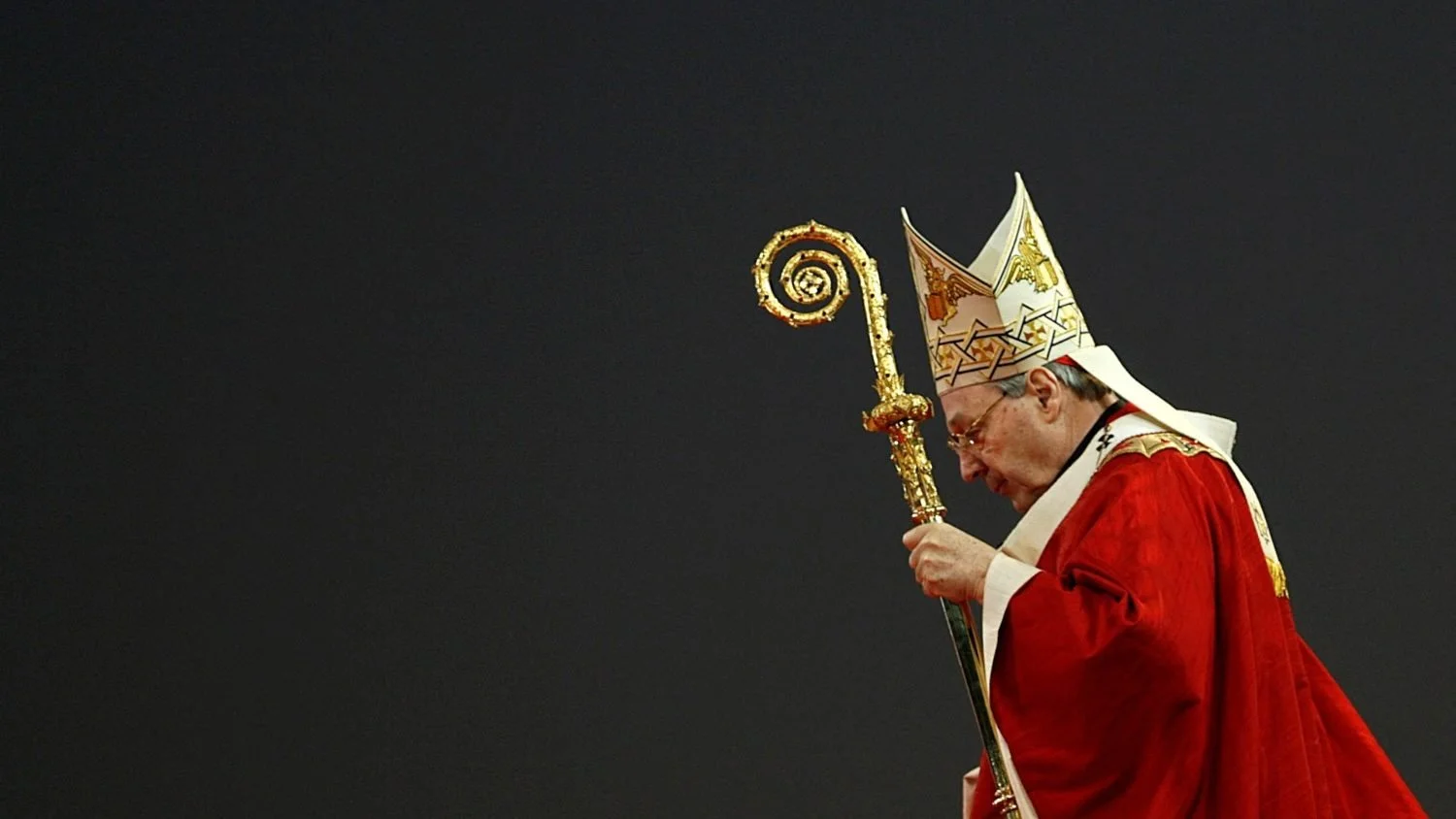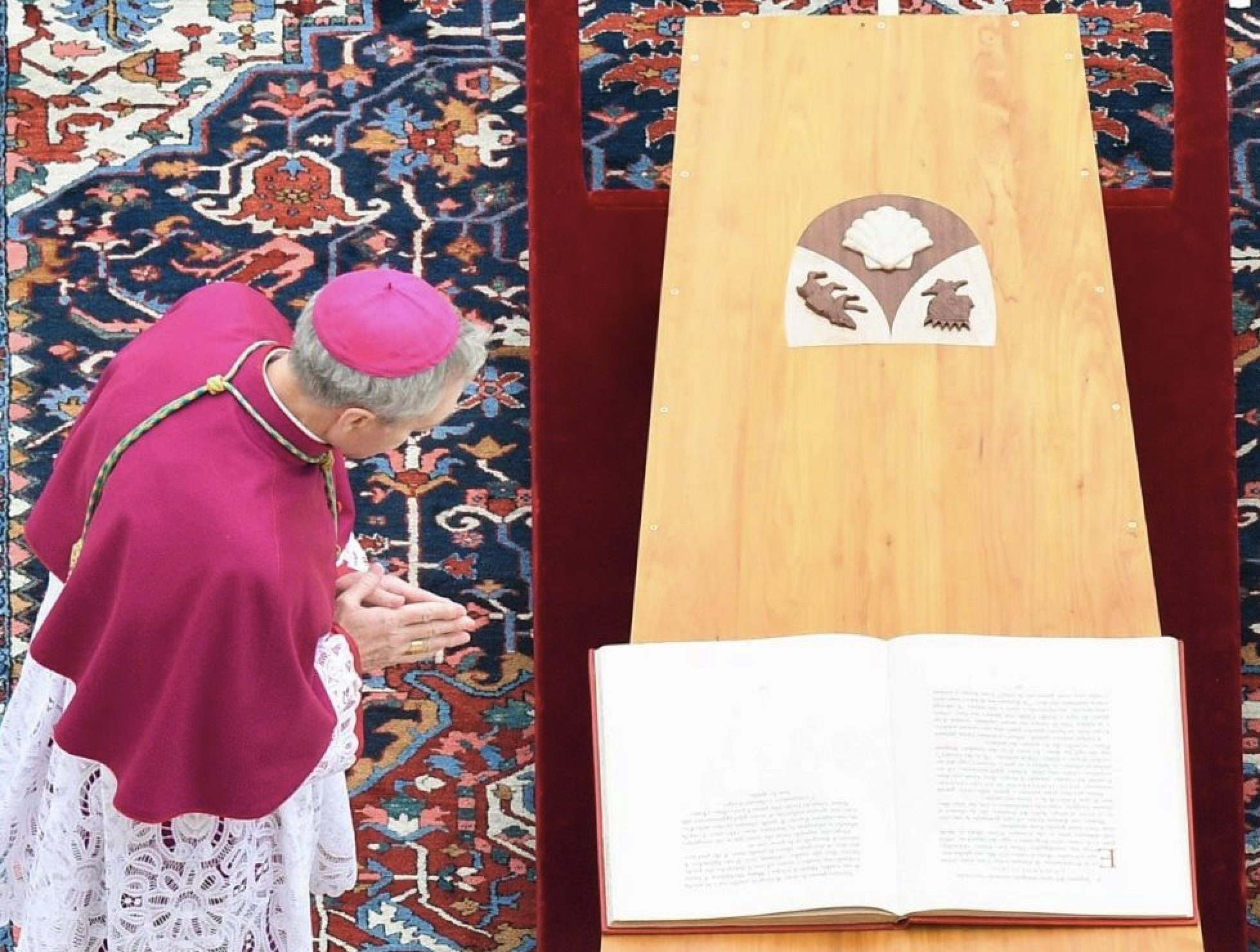The statuesque film legend didn't call attention to herself as she shared a pew with other conservative Presbyterians in their small church not far from Hollywood.
She was articulate when discussing theology and church matters and, from time to time, would offer advice on finances. She had learned a lot in the movie business.
Raquel Welch wasn't trying to hide, during the later decades of her life when she faithfully attended Calvary Presbyterian Church in Glendale, California. She was simply looking for people she could trust.
"She was careful. … She wasn't going to one of those 2,000-member churches where everyone would look at her. That wasn't her style," said the Rev. Christopher Neiswonger, who grew up in that congregation and attended nearby Fuller Theological Seminary. He now leads Graceview Associate Reformed Presbyterian Church in Southhaven, Mississippi.
"She also wasn't trying to stick her thumb in the eye of a Hollywood culture that she knew would denigrate this kind of faith commitment. … She was Raquel Welch, but she just wanted to be part of our church family."
Welch died on Feb. 15 at the age of 82, inspiring waves of tributes focusing on her iconic beauty in "Fantastic Voyage," "100 Rifles," "The Three Musketeers" and dozens of other movies and television programs. The legendary poster from "One Million Years B.C." framed her as a bombshell babe image for the ages.
In a Facebook tribute shared with other believers, Neiswonger called Welch a "wonderful lady and a fine Christian" whose "faith grew more powerful and practical with age. It's often true that the most important things become the most important to us as we've matured personally."










